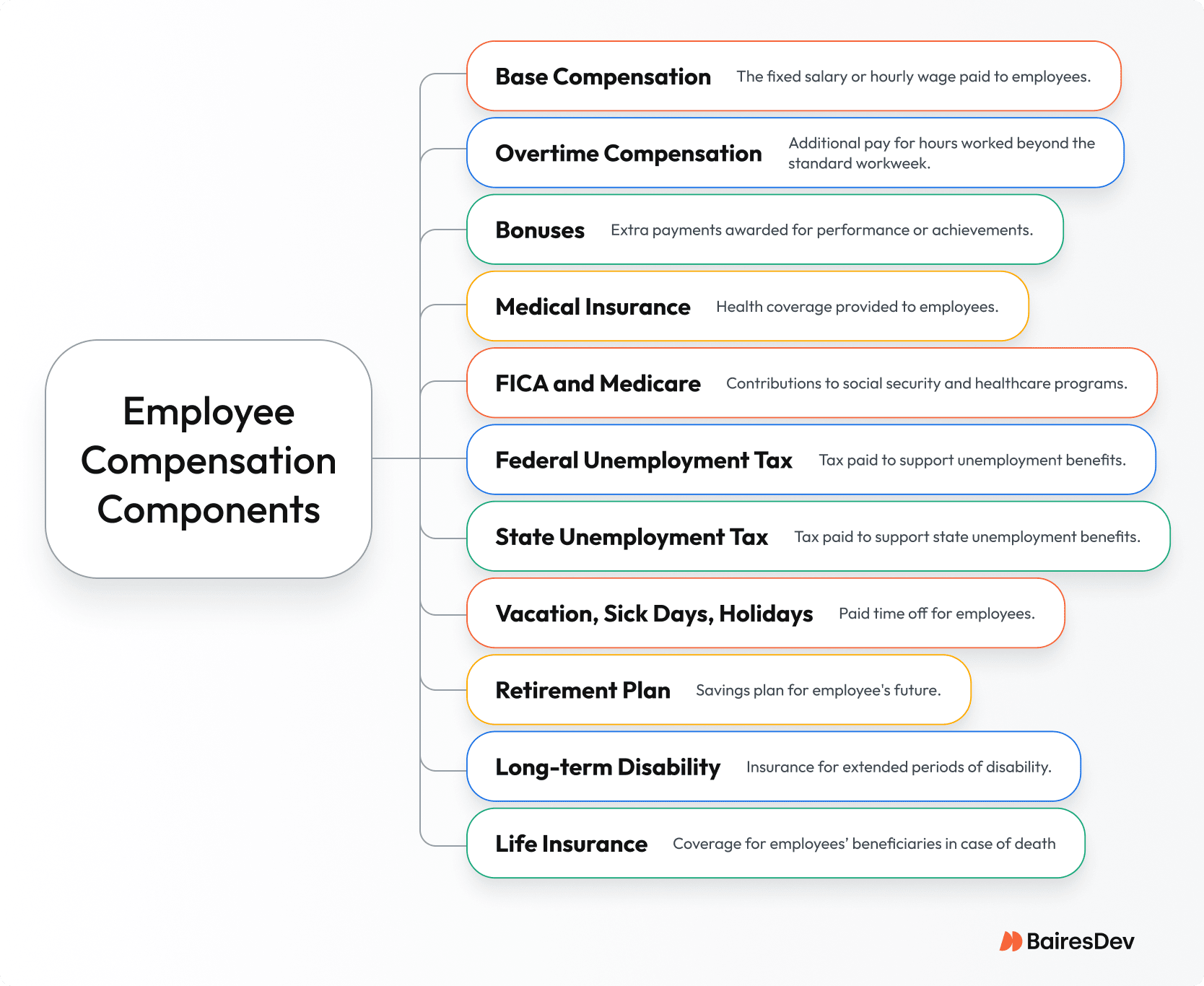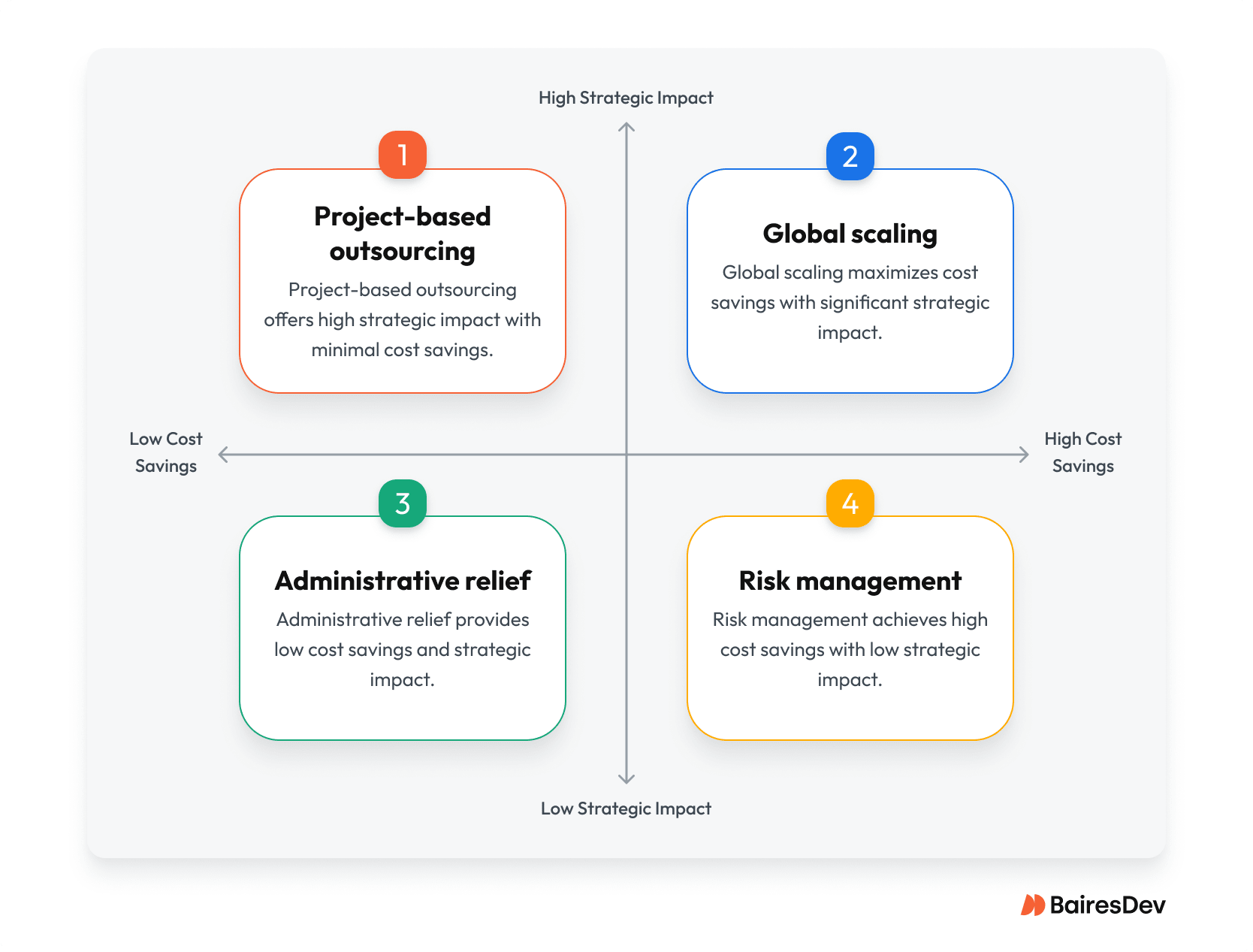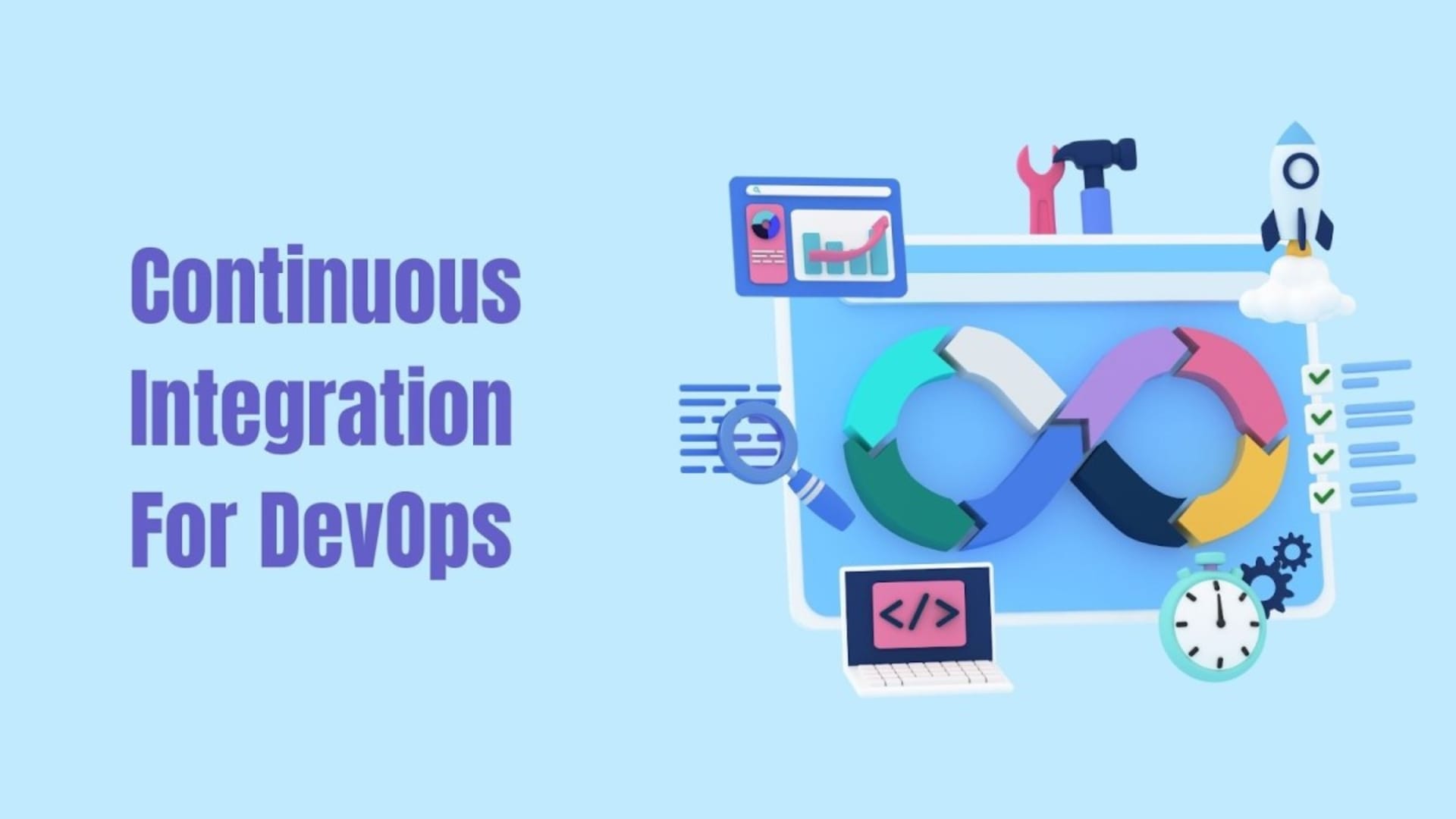When faced with pressure to cut costs, engineering leaders often turn to hiring freezes, layoffs, or asking existing teams to deliver more with less. These tactics may ease short-term budget strain but rarely solve long-term delivery challenges.
Strategic outsourcing offers another path: reducing costs without sacrificing speed or quality. According to Deloitte’s 2024 survey, 40% of executives plan to increase their investment in third-party outsourcing.
Outsourcing is no longer about chasing low-cost labor in developing countries. Today it’s about accessing a wider pool of senior talent at a predictable cost structure that’s often lower than hiring locally. Managed effectively, outsourcing reduces total cost of ownership, provides significant cost savings, and lets in-house professionals focus on core activities.
This guide looks at outsourcing from the C-suite perspective: how it cuts costs, where it delivers value, and the key factors that determine success.
The True Cost of In-House vs. Outsourced Teams
Engineering leaders know hiring isn’t cheap. But many of the real costs are hidden—spread across recruiting, benefits, and ongoing overhead. Outsourcing consolidates those expenses into a single, predictable rate, providing insights into financial planning.

The true costs of finding new talent are difficult to quantify and vary widely from one role to another. Outsourcing reduces this variability by providing a consistent rate and removing many of the hidden expenses of in-house hiring.
Employment Costs
Full-time U.S. employees come with mandatory benefits: health insurance, paid leave, payroll taxes, retirement contributions. These employee benefits add 30–40% on top of base salary. An outsourcing company absorbs these expenses, delivering talent at a consolidated rate and allowing you to cut labor costs immediately.
Recruitment and Overhead
Every hire requires weeks or months of recruiting, interviewing, and onboarding. Senior engineers and managers often spend significant time on these steps—time that could otherwise go to delivery. Add administrative overhead like payroll, compliance filings, and provisioning equipment, and the burden compounds. Outsourcing shifts these responsibilities entirely to the outsourcing provider.
Operational Infrastructure
An on-site team requires office space, hardware, software licenses, IT support, and much more. For companies still maintaining physical space, office space alone can reach six figures annually. Outsourcing eliminates most of these expenses, since the partner provides workspace, tools, and systems.
Opportunity Cost
Opportunity cost is often overlooked. Every hour your senior engineers spend on recruiting or onboarding is an hour not spent shipping features. Scaling down carries its own costs: layoffs bring legal, financial, and reputational risks. Outsourcing allows companies to adjust team size through contract changes without these liabilities. This cost effective outsourcing model helps enterprises stay competitive while reducing financial exposure.
Cost Comparison: In-House vs. Outsourcing
The following table provides a hypothetical cost comparison to illustrate the true financial implications of maintaining a full-time team versus outsourcing.
While base salaries are the most visible cost, this breakdown reveals how hidden expenses like benefits, recruitment, and infrastructure often make in-house hiring more costly than it first appears.
Category |
In-House Team |
Outsourced Team |
|---|---|---|
| Base Salary | $120,000+ for senior developer | Included in vendor rate |
| Employment Costs | +30–40% (health insurance, benefits) | Consolidated into vendor fee |
| Recruitment | 8–12 weeks, senior staff involvement | Handled entirely by outsourcing provider |
| Office Space and Equipment | $4,000–$15,000 per employee annually | Provided by outsourcing company |
| Compliance and Admin | Ongoing HR and legal effort | Included in outsourcing contract |
The financial impact of in-house hires goes far beyond salary. Add 30–40% for professional benefits, months of recruiting, and ongoing operational costs, and the true burden becomes clear. Strategic outsourcing consolidates these into a single, predictable rate—lowering total cost of ownership while freeing your team to focus on mission-critical work.
How Strategic Outsourcing Improves Efficiency
Outsourcing doesn’t just cut costs; it also improves business operations and overall efficiency.
Access to Specialized Expertise
Need a React Native expert for three months or a data scientist for a single project? Hiring full-time is not an option. Outsourcing providers supply specialists on demand, often at 30–50% lower cost compared to American equivalents due to cost of living differences abroad. This flexibility avoids overstaffing and saves money.
Rapid, Flexible Scaling
Local hiring cycles average three to six months. Outsourcing can shorten that to weeks, providing resources quickly—including full teams of senior engineers ready to onboard. Scaling down is just as simple—no layoffs, no morale damage, and no disruption to business operations.
Streamlining Operations
Every employee adds administrative tasks: payroll, benefits, compliance, tax filings. Outsourcing work transfers these burdens to the vendor, streamlining operations and improving productivity. For example, companies often start by outsourcing bookkeeping and accounting services, since these don’t need to be completed in house and are cost-effective when handled externally.
Improved Focus
The general rule is clear: your team should focus on core activities tied to competitive advantage. Outsourcing certain tasks ensures your best engineers remain focused on engineering. This balance boosts efficiency and accelerates delivery.
Risk Management and Compliance
For many executives, outsourcing raises concerns about sensitive data and regulatory requirements. Modern outsourcing providers, however, build their businesses on secure, compliant operations.
- Data security protocols: Many providers maintain SOC 2, ISO 27001, and similar certifications.
- Regulatory compliance: Vendors often centralize compliance for HIPAA, GDPR, and financial regulations.
- Controlled access: Top firms enforce least-privilege access and secure environments.
The right outsourcing partner strengthens—not weakens—your compliance posture while reducing the direct costs of building equivalent controls in-house.
Key Areas for Strategic Management
Outsourcing delivers value when it’s approached strategically. These key factors determine whether outsourcing reduces costs effectively or leads to hidden expenses:
- Define Outcomes, Not Tasks
Outsourcing contributes best when framed around business results, not activities. “Launch a mobile app with 50,000 active users in six months” is stronger than “write code for feature X.” - Choose the Right Partner
Outsourcing costs vary depending on geography, specialization, and maturity. Very low cost vendors may appear attractive but often lack the quality required for enterprise-scale software development. The key benefits come from providers with proven experience and strong client references. - Integrate With the In-House Staff
Effective outsourcing isn’t siloed. Shared tools, governance structures, and clear communication help external teams integrate smoothly with your local workforce.
Done right, outsourcing doesn’t compromise sensitive data—it strengthens your data security posture while lowering the direct costs of building equivalent in-house controls.
Enterprise Use Cases
Outsourcing provides insights into when to deploy external resources most effectively:

- Project-based outsourcing: Short term contracts for specific software development needs deliver rapid results without long-term payroll commitments.
- Global scaling: Companies in developed Western countries often outsource to developing countries where labor costs are lower but skills remain high. This creates significant cost savings without reducing quality.
- Administrative relief: Non-core services like accounting services or IT support are often outsourced first. These tasks are cost effective to shift externally, reducing overhead and freeing more employees to focus on innovation.
- Risk management: Outsourcing partners manage costs and administrative tasks, reducing exposure from layoffs or compliance issues.
Does outsourcing always save money? Not really. Outsourcing work provides resources quickly and can lead to greater efficiency, but leadership must align providers to business outcomes and monitor KPIs to ensure savings translate into measurable results.
Final Takeaway
Choose the delivery mix that fits your risk, timeline, and budget. Keep high-context discovery and regulated work close to home. Push well-specified modules offshore. Use nearshoring when you need same-day collaboration without domestic price tags.
Cost reduction comes from higher utilization and predictable capacity. Shorten time-to-capacity, keep software developer seats productive, and fold recruiting, benefits, and tooling into one rate. That frees leaders to focus on the roadmap.
Make it measurable. Name outcomes, keep code in your repos, run one CI, and review weekly against throughput, escaped defects, and cost per feature. Done this way, you get senior software developer capacity in weeks and greater efficiency you can defend in a board deck.
Frequently Asked Questions
How does outsourcing reduce total cost of ownership compared to in-house hiring?
By consolidating salaries, employee benefits, recruiting, and infrastructure into a single predictable rate.
What financial risks should CTOs consider when outsourcing at scale?
Key risks include vendor quality, integration challenges, and over-reliance on a single provider. These can be mitigated with strong governance and clear contracts.
How quickly can outsourcing providers deliver enterprise-ready teams?
Often within weeks, compared to three to six months for in-house hiring cycles in developed Western countries.
How do outsourcing partners handle compliance with U.S. regulatory standards?
Top providers maintain certifications (SOC 2, ISO 27001) and experience with HIPAA, GDPR, and financial regulations.
What’s the typical cost savings range for U.S. enterprises?
Most organizations save 25–40% compared to fully loaded hiring when outsourcing work to other countries with lower cost of living.
Can outsourced teams integrate seamlessly with Agile workflows?
Yes. With shared tools (Jira, GitHub, Slack) and clear governance, outsourced teams can work as an extension of your in-house team.
How does outsourcing affect vendor lock-in risk?
Strong contracts and multi-vendor strategies reduce lock-in while preserving flexibility. Outsourcing contributes to long-term stability when managed correctly.
What KPIs should executives track to measure outsourcing ROI?
Time-to-hire, cost savings vs. baseline, feature velocity, defect rates, and contract compliance are key areas that provide actionable insights into performance.






